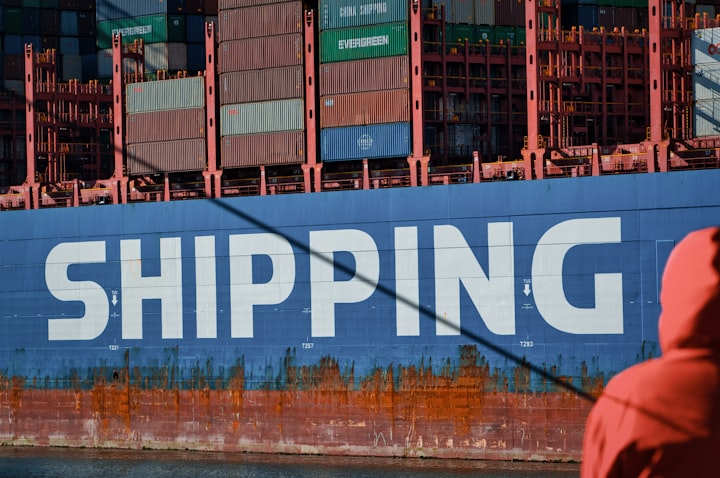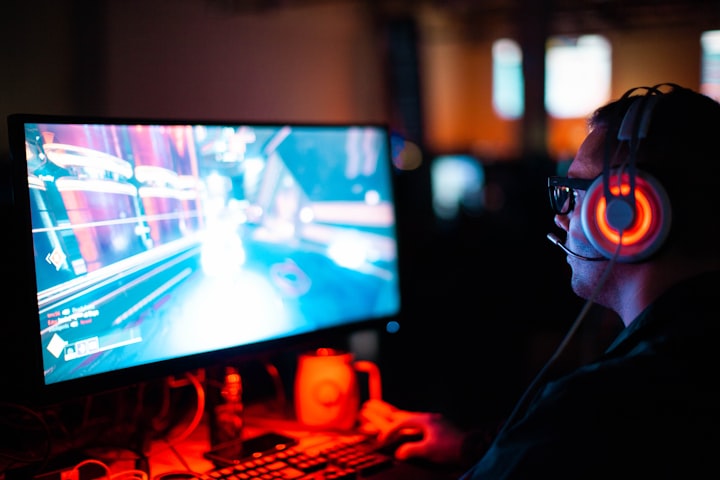How to Learn About Marine Simulation
An insight into the technologically advanced shipping industry

Maritime simulation has taken the maritime industry by storm. It’s a term that’s used industry-wide, and most people who are not even in the shipping industry know a thing or two about marine simulation. There are educational institutions that offer courses relating to marine simulation for those interested in pursuing a career in the industry. Here’s everything you need to know.
A maritime simulator
Also known as a ship simulator, a maritime simulator is a process or a system that simulates maritime environments and ships for various purposes, including research and training. Simulator training can be received at places like CINEC, and there’s a range of marine simulation courses in Sri Lanka and other countries. Learning about marine simulation is part of the academic career of maritime professionals.
A maritime simulator always has a software that allows the person using the simulator to control the mock-up ship and its simulated environment. It has an interface that allows the user to control and impacts the dynamic behaviour of a ship or another watercraft.
The process can be compared to that of a flight simulator. The interface has a model of the ship and its surroundings and also consoles that allows the user control of the simulation process. There are also projectors and screens.
The software can also be used for fast-paced simulations of the vessel and send it into autopilot mode. In this case, there’s no real-time visualisation involved.
For home users, there are games that create a universe of maritime simulation; Virtual Sailor and Ship Simulator are two such games.
A virtual world predicting the future
Virtual reality achieved through maritime simulation brings about the evaluation of ship operations and risk factors that should be taken into consideration. Some of the benefits and the results of the maritime simulation are:
- Incorporation of navigational aids
- Measuring the alignment and width of approach channels
- Conditions of port facilities and how they can affect the departure and arrival of ships
- Evaluation of the control of a vessel at a limited water level Guidelines for operators and tug assistants
Ship simulation is nothing new; it has been in the shipping industry for decades. This is used for two purposes: training and engineering. These are virtual vessels with bridges and everything else that’s involved in the handling of a ship. The person involved in the simulation can manoeuvre the ship using consoles and predict the future.
The value of simulating
Simulation allows you to see the result of implementing a project, which leads to making better decisions. The value of simulation comes from the implementation of various projects in the simulated environment and testing the results so that the performances and the costs can be measured.
Simulation is also a great way to plan the future reality and predict potential benefits.
Replicating reality
It’s important to remember that the accuracy of results perceived in the simulated environment solely depends on the accuracy of the hydrodynamic model used. It should represent the performance of the vessel and the conditions of the environment it associates with if the results are to be relied upon.
Is it possible to simulate any type of vessel?
A range of vessels can be simulated, and they include:
- Tankers
- Bulk carriers
- Catamaran ferries
- Rotor tugs
- Container vessels
Is it possible to predict mooring assessment?
Yes. The impact of fenders and mooring due to passing ships and various environmental factors can be assessed.
Who contributes to the development of a simulator?
A range of skills and talents are used to develop a simulator. The professionals involved in creating a simulator include:
- Tug masters
- Mathematical model designers
- Hydrodynamic engineers
- Software developers
- Psychologists
- 3D artists
About the Creator
Amie Ginendra
Traveller | Writer | Foodie Lover | Blogger






Comments
There are no comments for this story
Be the first to respond and start the conversation.